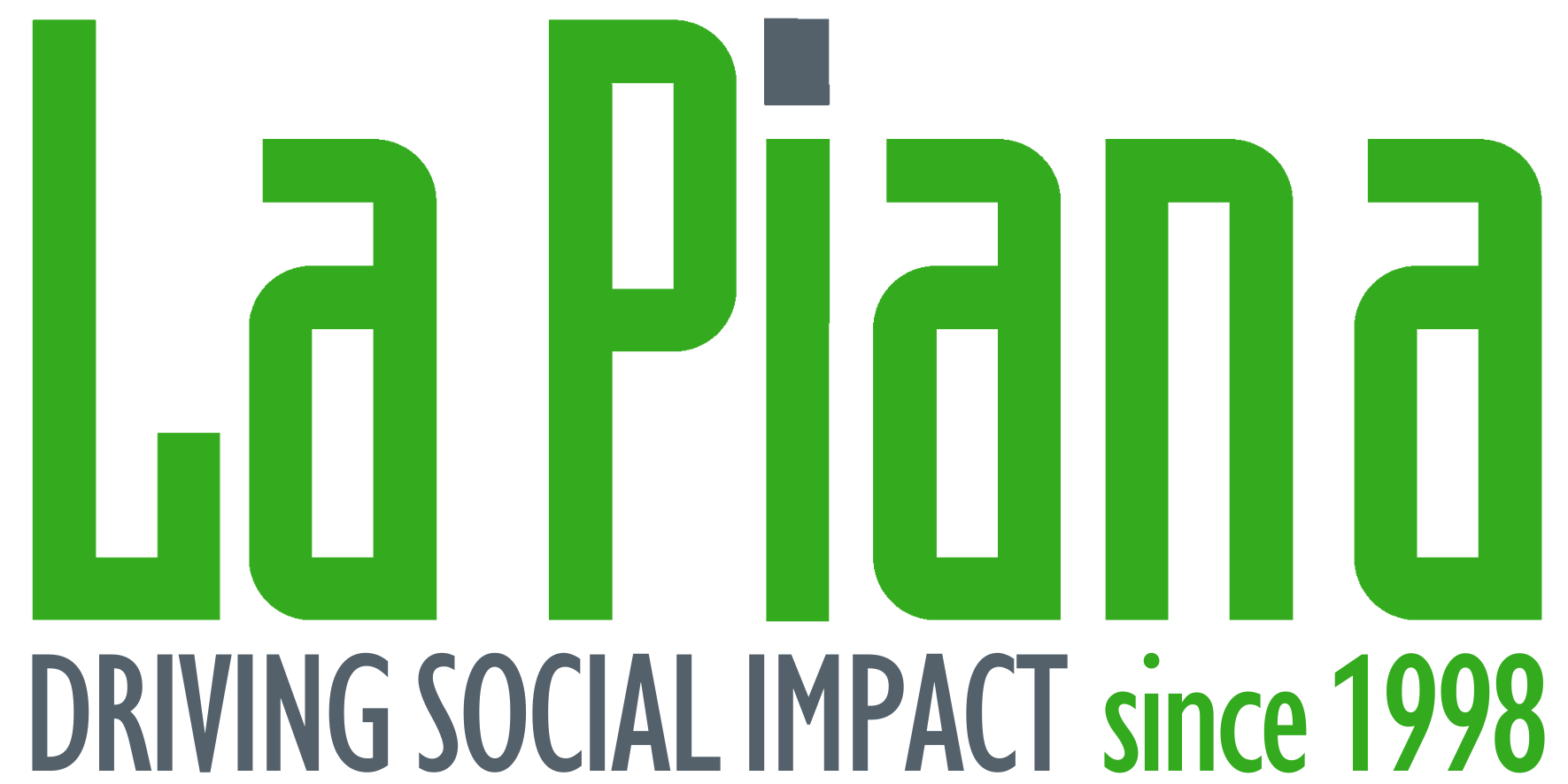Leading with Clarity: Communicating Through Volatile Times
The unpredictability of the Trump administration has left businesses, governments, and nonprofit organizations facing unpredictable upheaval. From abrupt policy changes and funding instability to deepening political divides, organizations must stay adaptable.
When the ground feels shaky, clear and honest communication becomes more than a best practice; it’s a critical tool for stability.

Here are some ways nonprofits can anchor their messaging and lead with transparency in times of uncertainty:
- Reconnect with Your Mission and Core Values
In uncertain moments, your mission is your North Star and your values describe how you will operate. Let these guide every message, decision, and action. Whether you’re restructuring programs, shifting priorities, describing a setback, or celebrating a win, frame these choices through the lens of your purpose and core principles. People can accept change more readily when they understand the “why” behind it. - Lead with Transparency, Even When the Path Isn’t Clear
Silence breeds speculation and clarity is kindness. When people don’t hear from leadership, they fill in the gaps themselves. Be honest about what you know, what you don’t, and what you’re working toward. Acknowledging uncertainty while showing you’re actively planning builds credibility and trust. While you may need to work with a smaller rapid response team to make quick decisions, make transparent how this team will weigh decisions. - Speak Directly to Each Audience
Different groups need different messages. Employees want clarity about job security and day-to-day operations. Funders are looking for reassurance about financial health and impact. Community members want to know how services will be affected and how they can stay involved. While the emphasis and specific details may differ from group to group, the core message should be consistent and truthful (don’t signal conflicting things to different groups about cuts just because it is what you think they want to hear). Also, make sure internal communication happens first, your team should never be the last to know. - Use the Right Channels and Use Them Often
Don’t rely on a single announcement. Regular, multi-channel communication builds connection over time and reinforces the message. Recipients often need to hear a message several times before they can process the information fully. Think emails and check-ins for staff, tailored updates for funders and partners, and accessible updates on your website or social media for the broader community. - Create a Simple, Clear Message and Deliver it in a Consistent Voice
Designate a spokesperson or small team to serve as the trusted voice of the organization. Have them create a one-sheet with phrases or messages to emphasize or avoid, and how to answer FAQs. Make sure to communicate this, and possibly run a training for your staff, board, volunteers, and key constituents. Consistency in tone and messaging helps people feel grounded and reassured. If the message is sensitive, represents a significant change, or you are dealing with a crisis, this circle should be tight; and a singular point of contact should be appointed for any external questions, comments, or responses. - Anticipate, Don’t Just React
The future may be uncertain, but preparation is still possible. Consider communications in your scenario planning: How can you strengthen your position and protect yourself from likely risks through proactive communications? What messages will you have ready if a major funding source disappears to activate other funders? If a policy directly affects your programs, what are you willing to say to whom? Having a plan in place will make your response more measured and effective.
In uncertain times, communication is leadership. By staying grounded in your mission and values, being transparent about the road ahead, and keeping your community informed, you create a sense of steadiness, even when everything else feels unpredictable.


Comment section